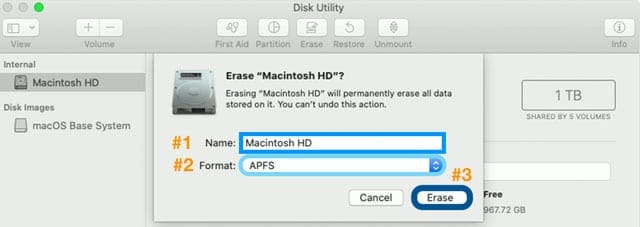
- #Can't find first aid for keychain access in mac os high sierra how to#
- #Can't find first aid for keychain access in mac os high sierra install#
- #Can't find first aid for keychain access in mac os high sierra tv#
- #Can't find first aid for keychain access in mac os high sierra free#
#Can't find first aid for keychain access in mac os high sierra tv#
The next three options allow you to remove movies and TV programmes you’ve already watched in iTunes from your Mac empty the Trash automatically every 30 days and review files in your Documents folder and delete any you don’t need. The first allows you to store all files on the Desktop or in your Documents folder in iCloud and only keep those you’ve opened recently on your Mac. The next window that opens, launches with the first tab on the left, Recommended, selected.
#Can't find first aid for keychain access in mac os high sierra free#
#Can't find first aid for keychain access in mac os high sierra how to#
Nevertheless, it’s a good idea to learn how to free up space manually. It’s always better if someone can do the cleaning for you, both at home and on your Mac. In the review window, click on the drop-down arrow next to folders of duplicates, make sure they really are duplicates, then check the box next to the one you want to delete and click Remove.When it’s finished, click Clean Up to remove all the duplicates it’s found, or click Review Duplicates to select the ones you want to remove yourself.You can either do so, or skip them and Gemini will leave those libraries alone. When it reaches your iTunes and Photos libraries, it will ask you to open those applications. Gemini will start scanning the folder for duplicate files.For example, open a Finder window and drag your user folder onto the ‘+’. When you see the window with a big ‘+’ in it, drag a folder onto it to identify duplicates.Read the information cards that appear and click Next when you’re done.
#Can't find first aid for keychain access in mac os high sierra install#
Install Gemini from Setapp and launch it.Gemini, another app available in Setapp, does exactly that. To delete a file you no longer need, click the checkbox next to it and click ‘Remove file.’Īnother way to free up disk space is to get rid of duplicate files.For example, you can display files by the percentage of the total disk space they use, or only display files that take up more than the space you specify. To change the way Disk Drill displays files, use the other menus.You’ll soon tunnel down to the files that are taking up the most space on your drive – they’ll be labeled in red. If there are more folders inside, click on the drop-down arrows on those. Starting at the top, click on the drop-down arrow to display files inside the folder.To display those, click on the left menu and select ‘All files (including system and hidden ones).’ By default, it doesn’t display any system or hidden files. When it’s done, it will list the folders on the disk in order of the amount of disk space they are occupying. Disk Drill will now scan your Mac identifying all the files on the drive you selected.Launch it and click ‘Clean Up’ in the toolbar.’ In the next window, click ‘Let’s get started.’ Click on the drive you want to clean up, then click Scan.Install Disk Drill from Setapp if you haven’t done so already.Other methods for identifying and removing purgeable dataĭisk Drill, also available in Setapp, has a Clean Up section, which allows you to identify and delete files you don’t need. When you’re done, you should have got rid of several gigabytes of purgeable data and freed up lots of room on your hard disk. When you’re ready, click Clean to delete the junk. From there, you can uncheck any items you don’t want to delete. To see in detail what CleanMyMac has found in each section, click Review Details. You may be surprised by the results and by just how much space you can reclaim.



These are system files CleanMyMac has identified that can be safely trashed. If you have CleanMyMac X installed on your Mac, you’ll have noticed an additional section – System Junk. Try free ✕ The fastest way to clear Purgeable space from Mac


 0 kommentar(er)
0 kommentar(er)
